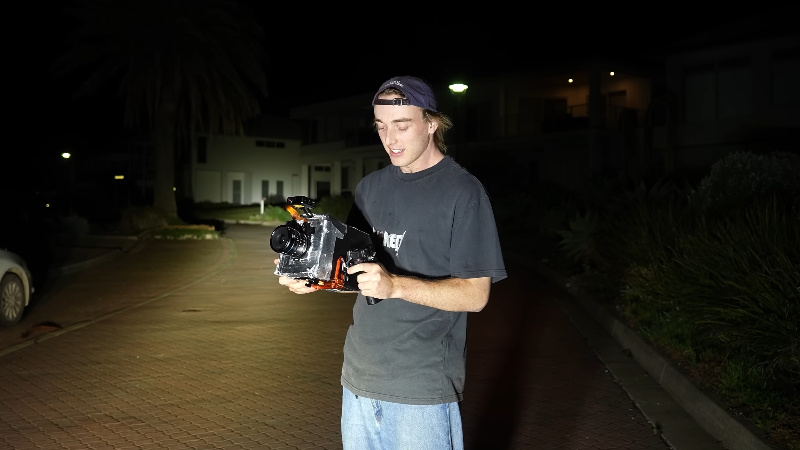The basic principles of a motion picture film camera should be well understood by most readers — after all, it’s been well over a hundred years since the Lumière brothers wowed 19th century Paris with their first films. But making one yourself is another matter entirely, as they are surprisingly complex and high-precision devices. This hasn’t stopped [Henry Kidman] from giving it a go though, and what makes his camera more remarkable is that it’s 3D printed.
The problem facing a 16mm movie camera designer lies in precisely advancing the film by one frame at the correct rate while filming, something done in the past with a small metal claw that grabs each successive sprocket. His design eschews that for a sprocket driven by a stepper motor from an Arduino. His rotary shutter is driven by another stepper motor, and he has the basis of a good camera.
The tests show promise, but he encounters a stability problem, because as it turns out, it’s difficult to print a 16mm sprocket in plastic without it warping. He solves this by aligning frames in post-processing. After fixing a range of small problems though, he has a camera that delivers a very good picture quality, and that makes us envious.
Sadly, those of us who ply our film-hacking craft in 8mm don’t have the luxury of enough space for a sprocket to replace the claw.
















Was sure he was using the camera from the begining. Nice. I’m still trying my hand with b&w 8mm Minox.
Somewhere in the distant past a mechanical engineer at arriflex just had a weird feeling that all the extremely tricky engineering he is doing would just be “eh too hard, just use an arduino and stepper” one day… he didn’t know what the feeling meant and just attributed it to spending too much time near the film processing chemicals…
I much admire his effort, I bought a new retro 60s Look DGTL cam from camp snap for affordable 150, great fun
Todd
Winnipeg Canada
I’m still waiting for someone that 3D-prints a stepper motor.